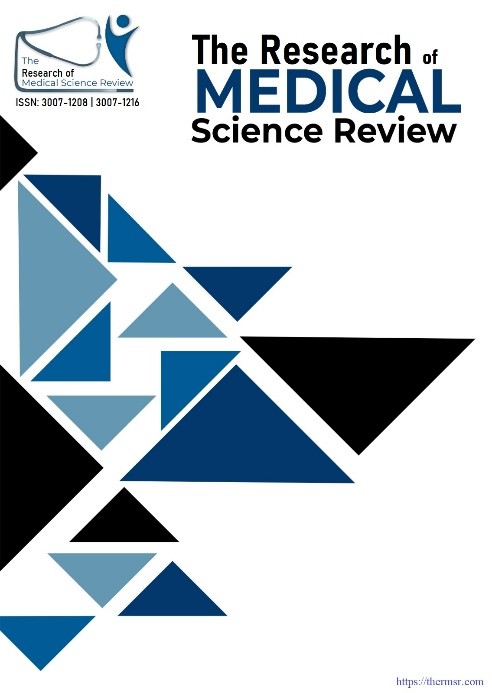PARENTING STYLES AND THEIR IMPACT ON ANGER EXPRESSION IN PAKISTANI CHILDREN AND ADOLESCENTS: A CROSS-SECTIONAL STUDY
Main Article Content
Abstract
Background: Anger dysregulation in children and adolescents is a growing concern worldwide, including in Pakistan, where familial dynamics significantly shape emotional development. Parenting style is considered a critical psychosocial factor influencing emotional behavior in youth.
Objective: To assess the relationship between parenting styles and anger expression among Pakistani children and adolescents.
Methodology: A cross-sectional study was conducted from October 2024 to March 2025 at the Child and Adolescent Psychiatry OPD of Liaquat University of Medical & Health Sciences, and the Sir Cowasjee Jehangir Institute of Psychiatry, Hyderabad. A total of 232 children aged 10–17 years were included. Parenting style was assessed using the Parental Authority Questionnaire (PAQ), and anger was measured with standard psychometric tools. Descriptive statistics and chi-square tests were used to analyze the data using SPSS v25.0.
Results: Participants included 50.9% males and 49.1% females. The most common parenting style was authoritative (44.0%), followed by authoritarian (36.6%) and permissive (19.4%). Mean anger score was 50.8 ± 10.3. No significant associations were found between parenting style and gender (p = 0.709) or mother’s education (p = 0.094). However, parenting style was significantly associated with anger levels (p = 0.013), with permissive and authoritarian styles linked to more extreme anger responses.
Conclusion: Authoritative parenting is associated with healthier anger regulation in Pakistani children and adolescents. These findings support the promotion of balanced, structured parenting to enhance youth emotional well-being.
Downloads
Article Details
Section

This work is licensed under a Creative Commons Attribution-NonCommercial-NoDerivatives 4.0 International License.
